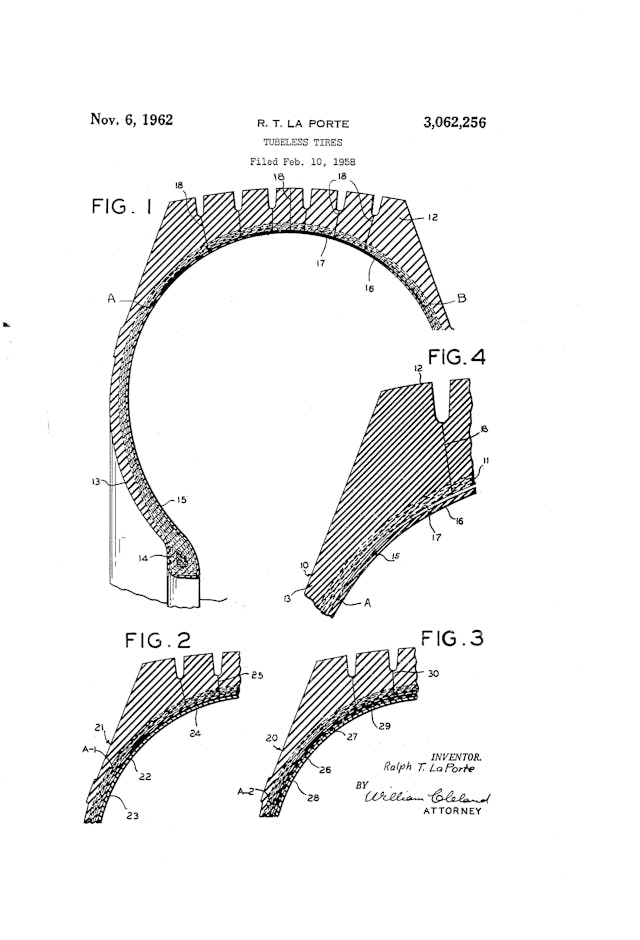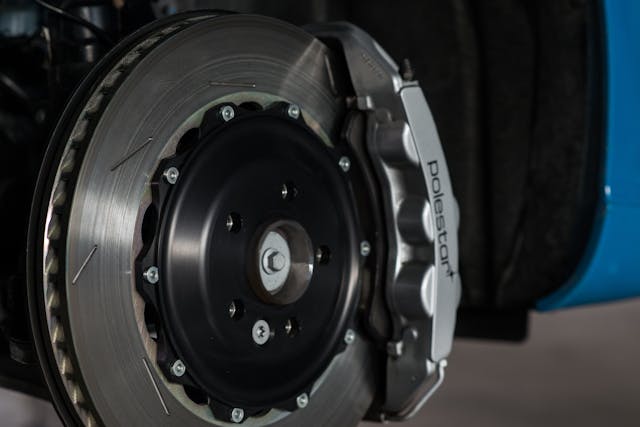Media | Articles
6 Cutting-Edge Innovations We Now Take for Granted
While it may seem like the car has been unchanged for decades at this point, with only bold new shades of gray and larger screens creating selling points and “value” for would-be buyers, the fact of the matter is there has been so much innovation over the years. However, much of it is taken for granted because just about every driver on the road today has little understanding of just how far the automobile has come. To provide a little perspective, here are six parts of a car that were revolutionary when they first debuted, but are now so common that they go entirely unnoticed.
Hydraulic lifters

The way a lifter works by interacting with a camshaft to transform rotary movement into reciprocating movement is an under-appreciated aspect of an engine in my opinion. The forces, tolerances, and speeds involved are often difficult to grasp. Tolerances between the pushrod, rocker arm, and valve stem are tight enough that there needs to be a part that can take up the expansion and contraction that comes with the difference between cold and running temperatures.
Hydraulic lifters take that space up to help keep wear down and also make for a smoother and quieter-running engine. They are powered by the oil pump and hold oil pressure in them. Some lifters can leak down while in storage and make quite the clatter on startup until oil pressure builds fully. It is a price worth paying for not having to get the feeler gauges out every few oil changes.
Insert bearings

The many rotating parts inside an engine all need some type of bearing surface to maintain proper friction or lack thereof. When cars were overbuilt, it was common to pour the bearings into the block and connecting rods, making large and relatively soft bearings once machined to final dimension. It’s a time-consuming process though, and requires a lot more material than a comparable insert bearing.
The insert bearing is a much thinner shell of similar material that snaps into the engine block to create the perfect surface for the crankshaft to spin in. They’re also much easier to assemble than poured bearings, which is always appreciated.
Marketplace
Buy and sell classics with confidence
Tubeless tires


Modern tires are amazing; More durable with more traction than sometimes seems physically possible. The durability of a tire with no inner tube is a given these days, but certainly wasn’t always. Tubeless tires have been the standard since the mid-1950s, though the idea had been attempted earlier than that. The materials and design did not really work until the mid-1940s. The fact that tubeless tires only took a decade to become standard should say a lot.
Platinum spark plugs
Platinum and other rare earth materials changed the ignition world with their durability. Previously, the metal of choice was copper, which would erode from the arc and would often wear out in just a few years of regular driving. Platinum or iridium plugs, on the other hand, can last up to 100,000 miles.
Longer service intervals, and to a point separating the driver and mechanic into two people, were a side effect of better materials and processes being used during production. Modern cars can go tens of thousands of miles without even opening the hood, and that is mainly thanks to modern ignition systems and oils.
Cruise control

The concept of a self-driving car has likely been around since the second drive of the first car, although even a century later, that has proved to be a difficult problem to solve. However, engineers were able to at least remove one part of the equation and make long drives easier by having the vehicle hold speed on its own.
Early automobiles like the Model T Ford have cruise control baked in by how the machine operates; the throttle is a lever on the steering column that does not return to idle unless the driver moves it. Now systems incorporate a rife of sensors that not only hold the throttle input steady but also match that to vehicle speed and engine load which can make for a much more relaxing road trip.
With how interconnected the systems of modern cars are, cruise control is a matter of software today, not hardware. That usually makes it cheaper to incorporate on cars, which is why it’s now standard pretty much across the board. Once a luxury, now commonplace.
Disc brakes

Brakes are all about the relationship between friction and heat. More friction makes for quicker stopping but also creates more heat that needs to be dissipated. The wooden block pressed against a steel-rimmed wheel didn’t create a ton of friction, but it was better than nothing. Drum brakes were a massive step up, but disc brakes are the clear winner when it comes to balancing the two forces noted above. With modern materials, we have continued to evolve the design to the point that disc brakes are the standard on everything from economy cars to race cars at the 24 Hours of Le Mans.
There are certainly more, so tell us what you think is an amazing piece of technology that often gets overshadowed in modern cars. Leave your favorite in the comments below.
***
Check out the Hagerty Media homepage so you don’t miss a single story, or better yet, bookmark it. To get our best stories delivered right to your inbox, subscribe to our newsletters.


















Delay and rain sensing windshield wipers. Gone are the days when even in the “low” position the wipers screeched across the almost dry windshield during a drizzle. We had to manually turn them off and on creating our own time delay. Rain sensing has even improved on the delay wipers. Add to that, improved wiper materials that last longer.
I’ll put in a word for Thomas Midgley, even though he has appeared on a few lists lately as one of the worst people in the world for developing Freon (and leaded gasoline).
Freon was a refrigerant that was nontoxic to humans and didn’t burst into flame! By the standards of the time it was a miracle. Here in the sunbelt, I’m kinda enthusiastic about air conditioning, and we’ve realized it’s far more efficient for heating, too.
Half a century later, we discovered effects on the far atmosphere that were completely unforeseeable at the time. We recognized them, made a plan, and developed more advanced alternatives. That’s how progress works.
“Cruise Control, do you use it?”, to paraphrase Samuel L. Jackson’s character in Pulp Fiction. Rarely does one observe another driver using it.
Apparently, all cars built in the last 25 years can only be driven faster, slower, faster, slower, FASTER, slower, FASTER, slower, faster, SLOWER, faster, SLOWER, and so on.